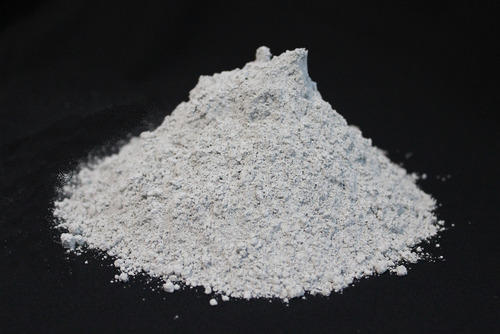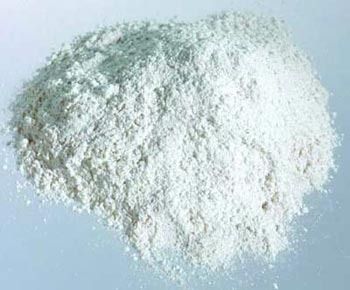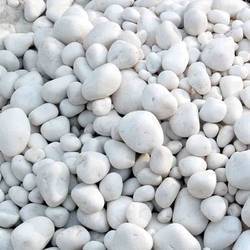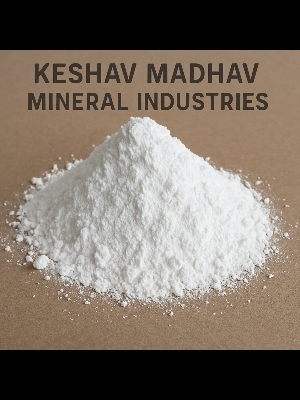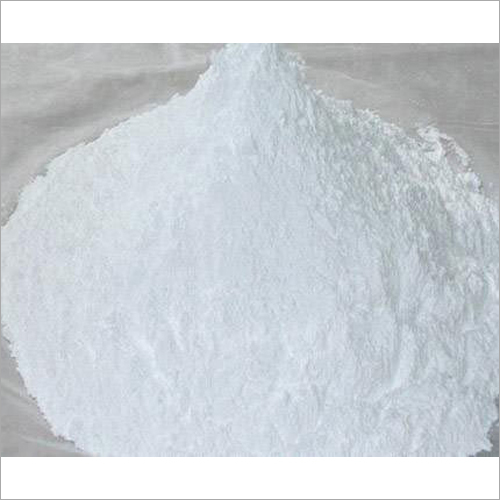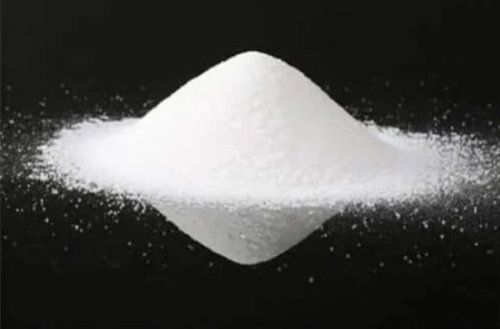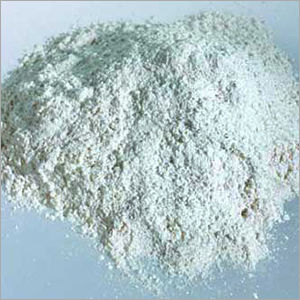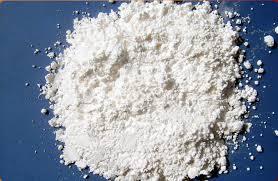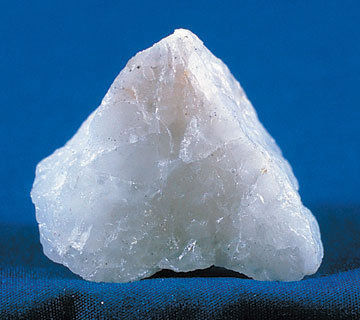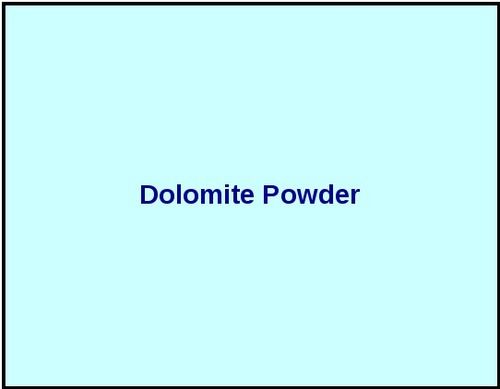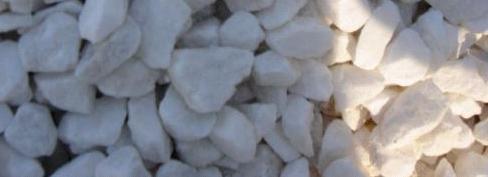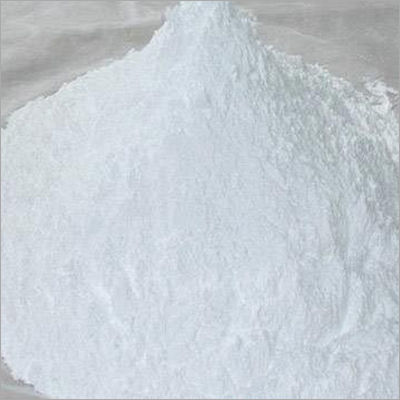
Micronized Dolomite Powder - 200 To 1250 Mesh, Super Snow White Color | High Brightness (90-98%), Versatile Filler For Detergents, Ceramics, And Steel Industry
Price:
Get Latest Price
In Stock
Product Specifications
| Mesh | 200-1250 |
| Particle Size | 150-3 microns |
| Brightness | 90-98% |
| Whiteness | Up to 98% |
| Specific Gravity | 2.85 |
| Oil Absorption | 20% |
| Packing | 25/50kg |
| Features | High purity, Fine particle size, Easy dispersion, Reduces shrinkage, Water absorption reduction, Fissure prevention, Versatile applications |
Product Overview
Key Features
A definite combination of MgCO3 and CaCO3 makes the Micronized Dolomite Powder. It is used as a filler in the detergents, ceramics, paints and steel industry. The structure of the dolomite powder is granular and it can be dispersed easily. Dolomite has a property to reduce shrinkage, protection from water absorption and fissure development. 10% increase in the quantity of CaCO3 makes it calcitic dolomite which is also called lime dolomite. Higher percentage of MgCO3 makes it magnesium limestone. Dolomite powder with impurity level of 7% or more is used in flooring chips, building stones etc.
Specifications:
Mesh : 200 to 1250
Pratical Size : 150 to 3 Microns
Brightness : 90 TO 98%
Whiteness : Up to 98%
Specific Gravity : 2.85
Oil Absorption : 20
Packing : 25/50Kg.
Colour : Super Snow White
Industrial Application:
Dolomite powder is chiefly used as refractory, ramming, and fettling material in steel melting shop, and as fluxing material in blast furnace operation in secondary steel and ferromanganese manufacture. To a lesser extent it is used in the glass industry especially in sheet-glass manufacture. It also finds use in the manufacture of mineral wool.In England, dolomite has become a useful source for the production of magnesite by reacting calcined dolomite with sea-water. The UK is meeting nearly 50% of her magnesite requirements by this method. Dolomite is also a good source of magnesium metal. The magnesium metal is extracted from dolomite by the well-known fero-silicon process.Dolomite decomposes completely above 900C. The product resulting from this relatively low-temperature calcination is highly porous and reactive and is known as 'calcinated dolomite'. Dolomite powder is sometimes used both in the raw and calcined form as refractory material for hearth maintenance and for banking door in open hearth furnaces.For most refractory uses, it is desirable to subject the dolomite to a heat treatment at a high temperature of the order of 1700C, to shrink the material thoroughly and render it less reactive. Dead burnt (D.B.) dolomite is sthe term generally used for the refractory made by firing dolomite, with or without additives, at high temperature to produce dense, well-shrunk particles.In basic converters the bricks employed are generally of D.B. dolomite and sometimes also of D.B. magnesite. Dolomite bricks are kept in the outer lining because it has lower thermal conductivity than magnesite.
Company Details
Focusing on a customer-centric approach, VENUS MINERALS & CHEMICALS has a pan-India presence and caters to a huge consumer base throughout the country. Buy Minerals & Refractories in bulk from VENUS MINERALS & CHEMICALS at Trade India quality-assured products.
Business Type
Manufacturer, Supplier
Employee Count
50
Establishment
1988
Working Days
Monday To Sunday
Related Products
Explore Related Categories
More Product From This seller
Seller Details
Udaipur, Rajasthan
Proprietor
Mr. Arun Kumar Baya
Address
Plot No F-1, MIA, Extension, Madri, Udaipur, Rajasthan, 313002, India
dolomite powder in Udaipur
Report incorrect details

